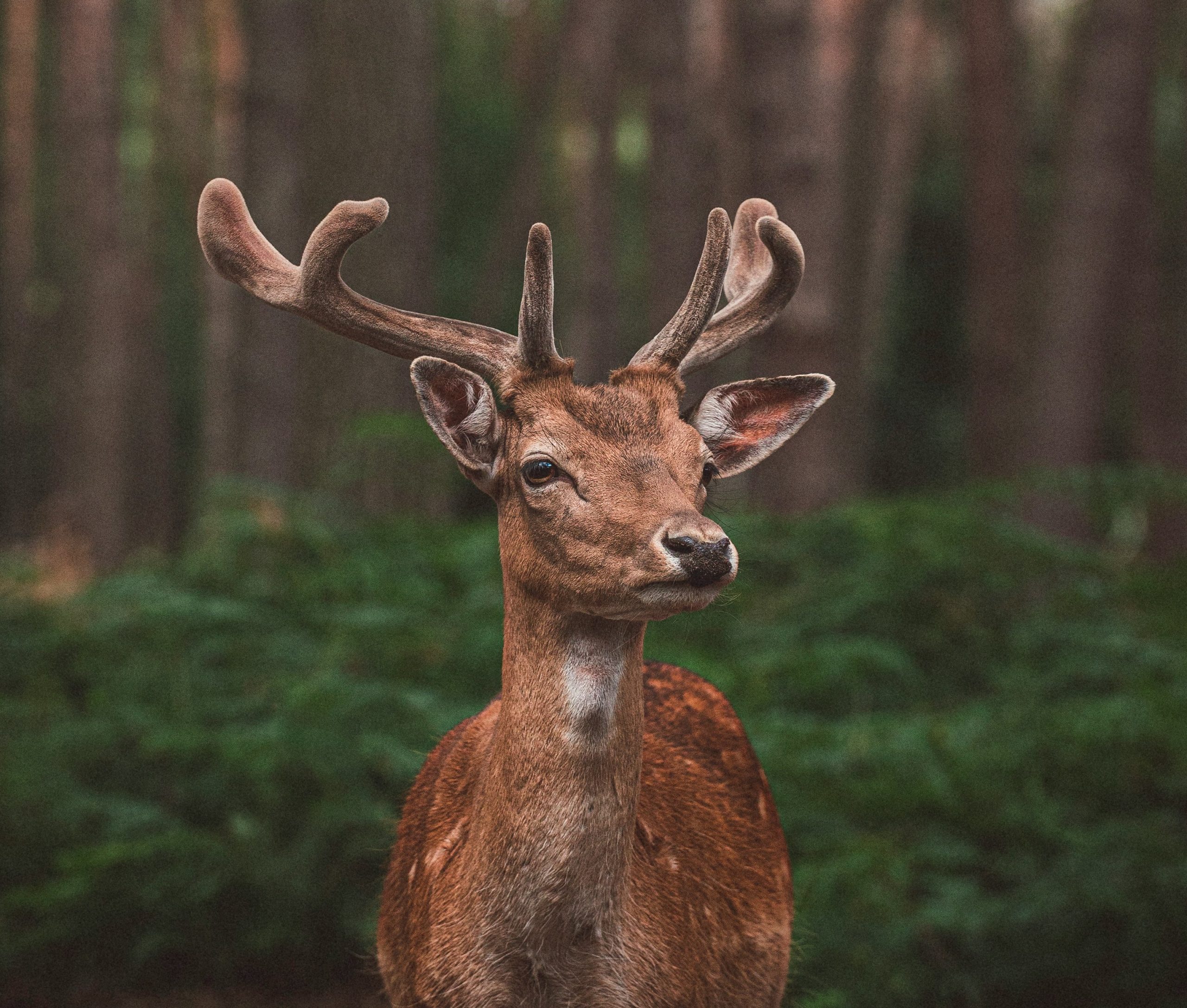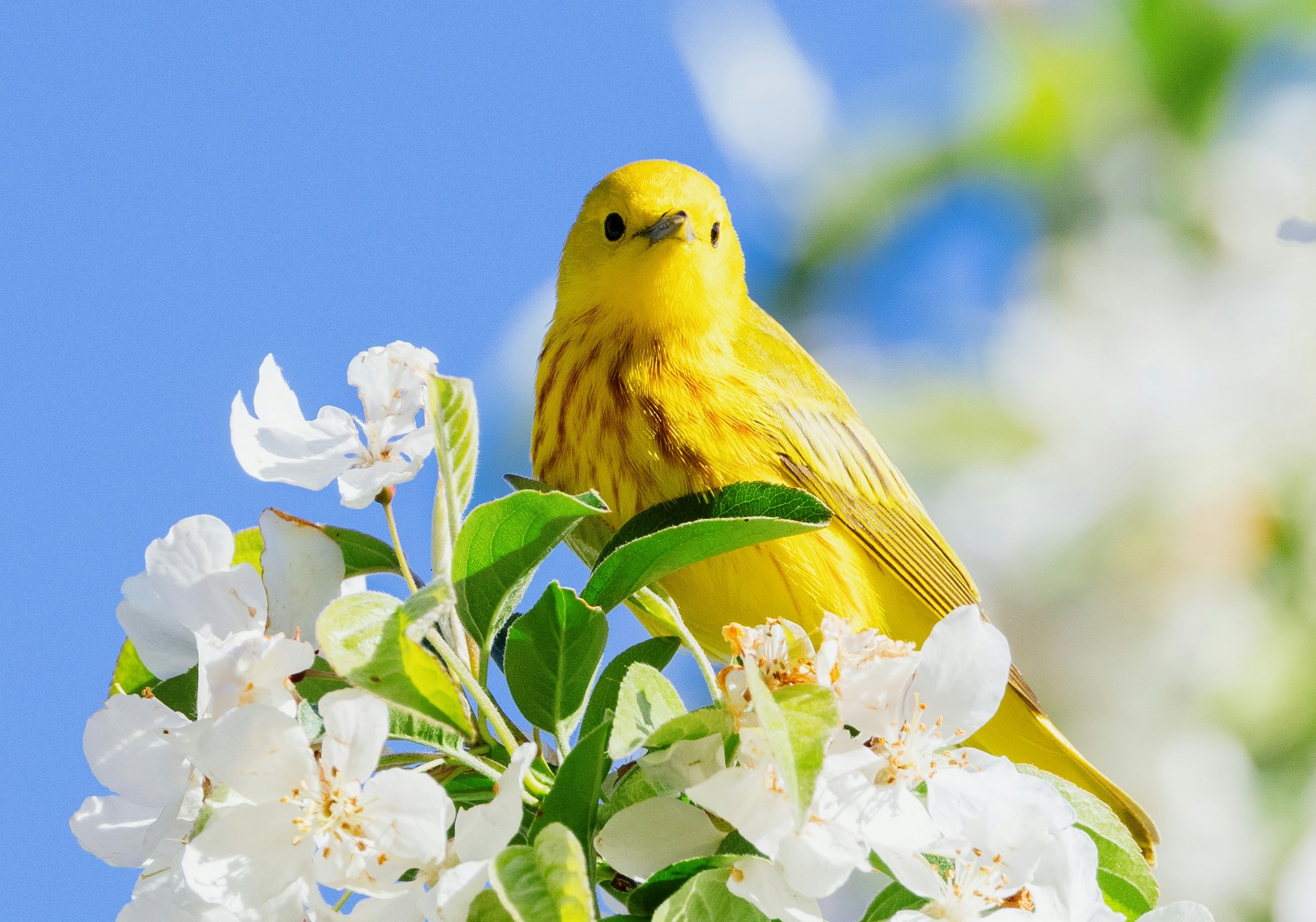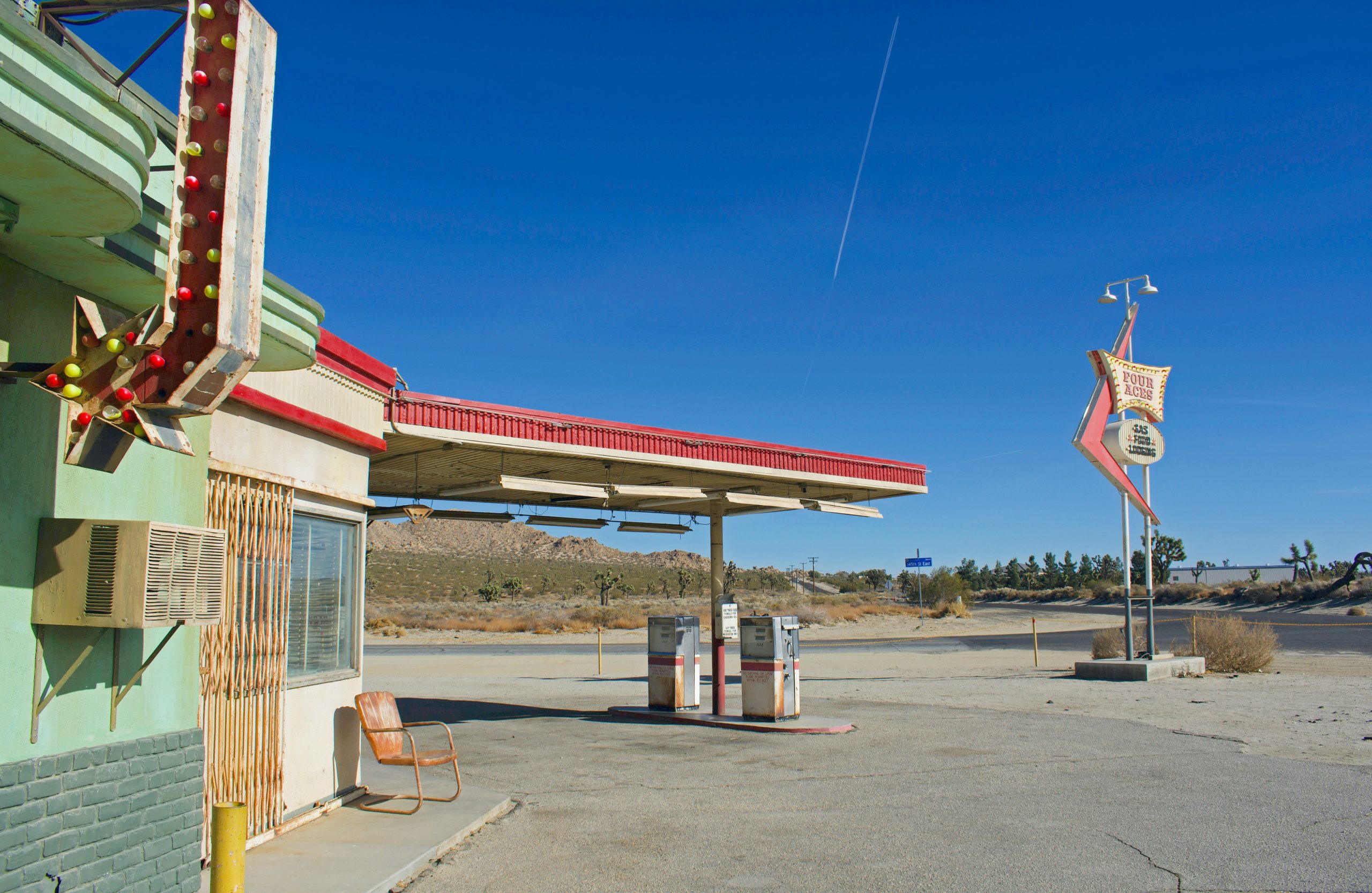Interviews
A Novel About the Tensions Of Reintroducing Wolves into the Scottish Highlands
Charlotte McConaghy, author of "Once There Were Wolves," on the role of the arts in affecting change

Charlotte McConaghy’s novel Once There Were Wolves takes place in the Cairngorm mountain range in the eastern Highlands of Scotland where wolves are released to reestablish packs in once-native territory. Right now, a similar narrative is taking place across the Great Lakes and the western United States, causing a parallel friction among residents, landowners, and farmers.

I was initially attracted to this book for two reasons: McConaghy’s use of endangered animals as a means to tell another human-centric story (first example: her book Migrations) and the fact that I seem to write a lot about wolves in my day job; however, this book is far more than an old wolves’ tale. Instead, it illustrates what it’s like to be an outsider—from both a human and animal perspective—and the level of healing and acceptance it takes from within to be accepted and to accept yourself.
I chatted with the Australian author over Zoom about Utah’s infamous Pando tree, the importance of rewilding, and how science and the arts should merge to share critical messages—like climate change—with the world.
Kristen Schmitt: Wolves are a hot topic whether it’s because of delisting efforts in the U.S. or the usual round of depredation and livestock conflicts that flare up everywhere. Once There Were Wolves centers around that livestock aspect as your main character, Inti, and her team reintroduce wolves into an agricultural area of Scotland. How did you come up with the idea for this story?
Charlotte McConaghy: I would say that I’m pretty passionate about conservation and the environment. How I initially came to the story was actually through reading. I found this article about Pando, the trembling giant, which is the oldest living organism on the planet. It’s a single tree that has genetically identical shoots that are the [other] trees with a huge connected root system under the ground. Some scientists believe that it could be nearly a million years old. It’s survived an extraordinarily long time until now. And it’s dying. It’s our impact on the environment that’s killing it.
So, I was reading about this amazing, beautiful, ancient thing and then at the bottom of the article, there’s this very casual mention of the fact that this is solvable, it’s save-able, if we just reintroduced wolves to the forest because the wolves would hunt the deer and, therefore, the deer would stop eating all the shoots of the tree and allow it to actually grow. However, even though this was kind of a perfect, elegant solution, it would never happen because the farmers and the hunters of the area wouldn’t allow it. I immediately was enthralled by this idea. And all of a sudden, I had the whole book in my head. I knew exactly what it was going to be. I went for a walk and by the time I got back, it was fully formed. I knew that I was going to write the story of the woman who made this happen, who was reintroducing wolves to save a dying forest, despite all the pushback.
What drives us to do this to our planet, to our environment? Is it of our own sense of shifting away from wildness and our fear of wildness? How do we revert back? Is there only one way to rewild the landscape, to rewild ourselves too?
KS: Because the primary story takes place in Scotland, but also touches on Alaska and parts of the American West and you live in Australia, did you have previous personal experience in those places? And why was it important to bring those other places into the story?
What drives us to do this to our planet, to our environment? Is it of our own sense of shifting away from wildness and our fear of wildness?
CM: I know it does seem a bit odd having an Australian writing a book about wolves given their enormity. I’ve always felt like my kind of life aesthetic doesn’t quite fit in Australia. My heritage is Scottish Irish, so I have a bit of a cold climate pull and I always felt drawn to that part of the world. Australia just doesn’t thrill me, particularly in this case with a slightly noir sort of storyline. And I really love wolves, but I wanted to also be true to that idea of loving something that you haven’t been entirely raised around. So that’s where the Australian-ness of Inti’s character and that outsider idea comes from.
In terms of choosing the settings, Scotland felt really right to me because there’s this really interesting conversation going on there about reintroducing wolves and what would happen if they did. It’s a really big debate. There’s a lot of forces on both sides at the moment. I wanted to also introduce other landscapes that deal with wolves because it felt important that my main character be experienced in that. So, Alaska was one of those. Yellowstone was another and I, of course, visited there. British Columbia was where her dad’s from. I spent a lot of time in Canada as a kid so that kind of also felt natural.
KS: In the book, there was an underlying theme of fear being viewed as a weakness from both Inti’s handling of wolves and her handling of people. Why?
CM: Well, I think that’s part of her shell that she’s built around herself and possibly part of her wounds. It’s something that her mother has tried to instill in her—a sense of, I guess, toughness because her mother really does see it as part of her job [Inti’s mother is a homicide detective]. She sees the worst that humanity has to offer each other. And she gets concerned that Inti’s too soft and vulnerable, so she tries to teach her to find this toughness.
These traumas that Inti’s suffered causes her to do a pretty major flip and start to believe in her mother’s teachings, which is that you have to be tough in order to survive and you have to expect the worst because then you can guard against it. Ultimately, I don’t think that’s the message of the book. I think Inti comes to realize that there’s a space in between being completely open and vulnerable and being completely closed off and tough. I guess in some cases, fear keeps you alive and that’s also true of the wolves. The fear of humans is important to them because it does keep them alive, but that’s something that Inti finds really heartbreaking in a way because she wants to have this deep connection with them. But she can’t make them too familiar with her because it endangers them. I hope that fear is something that she’s able to let go of by the end.
KS: Mirror-touch synesthesia allows Inti to feel not just what her twin, Aggie, is feeling, but also pretty much everyone else in town. Was this condition something you were aware of or witnessed prior to writing about it?
Fiction allows us to access a deeply emotional space around an issue that we sometimes don’t allow ourselves to go to when we’re reading science texts.
CM: I have a much milder, slightly different synesthesia, which is, essentially, that my memory works by connecting color and texture and shape. And I never knew that was unusual. It was just normal for me and then I read about it and I started to learn that that’s actually not how most people’s brains work. Then I listened to this episode of Invisibilia and I was fascinated with the most extraordinary thing. I knew that I wanted to somehow write something about a character with that condition and took a few books to work it out to who that would be. It felt very, very right for Inti because the whole theme of this book is about empathy and connection to others. And, you know, she kind of gets overwhelmed by the amount of forced empathy that she’s forced to feel and tries to close herself off from that. It’s that kind of journey to realizing that this can be a gift if she can see it that way. I liked that it was something that she could share further intimacy with her sister, but then be at the mercy of it with everyone else.
KS: Like a benefit for some, but not quite for everyone else.
CM: Yeah. It can be quite a dangerous thing, really. And reading about the people in the real world who have it, they have to find that balance between danger and this extraordinary kind of experience.
KS: What do you want people who read this book to learn or understand who might not actually be aware of all the layers that rebalance an ecosystem? What do you hope that they get from reading about this type of subject from a fictional standpoint instead of via an ecology textbook or a political lecture?
CM: That’s the amazing thing about fiction. It allows us to access a deeply emotional space around an issue that I think we sometimes don’t allow ourselves to go to when we’re reading science texts or hearing these really politicized views about things.
My hope in writing about this stuff in a fictional way is to allow people access to something deep within themselves that they can take the time to really think about and reflect on how they feel about something because I think all this climate change is a hugely emotional space. Once we start to realize that there is so much grief involved in what’s happening, we can allow ourselves to admit that it’s okay to grieve and it’s okay to love things that are wild and may not love us back. I hope that this provides an avenue to hope and feeling energized and wanting to come out the other side of it, actively pursuing change.
And I do think that the two pillars of fiction and nonfiction need to support each other. There is this incredible work being done by conservationists, by scientists, but they can’t do it alone. They need help from us—from the arts—because the arts have amazing power to affect change and to really inspire people. I hope that this would go some small way to making people aware of something and also making them feel connected to it emotionally.








